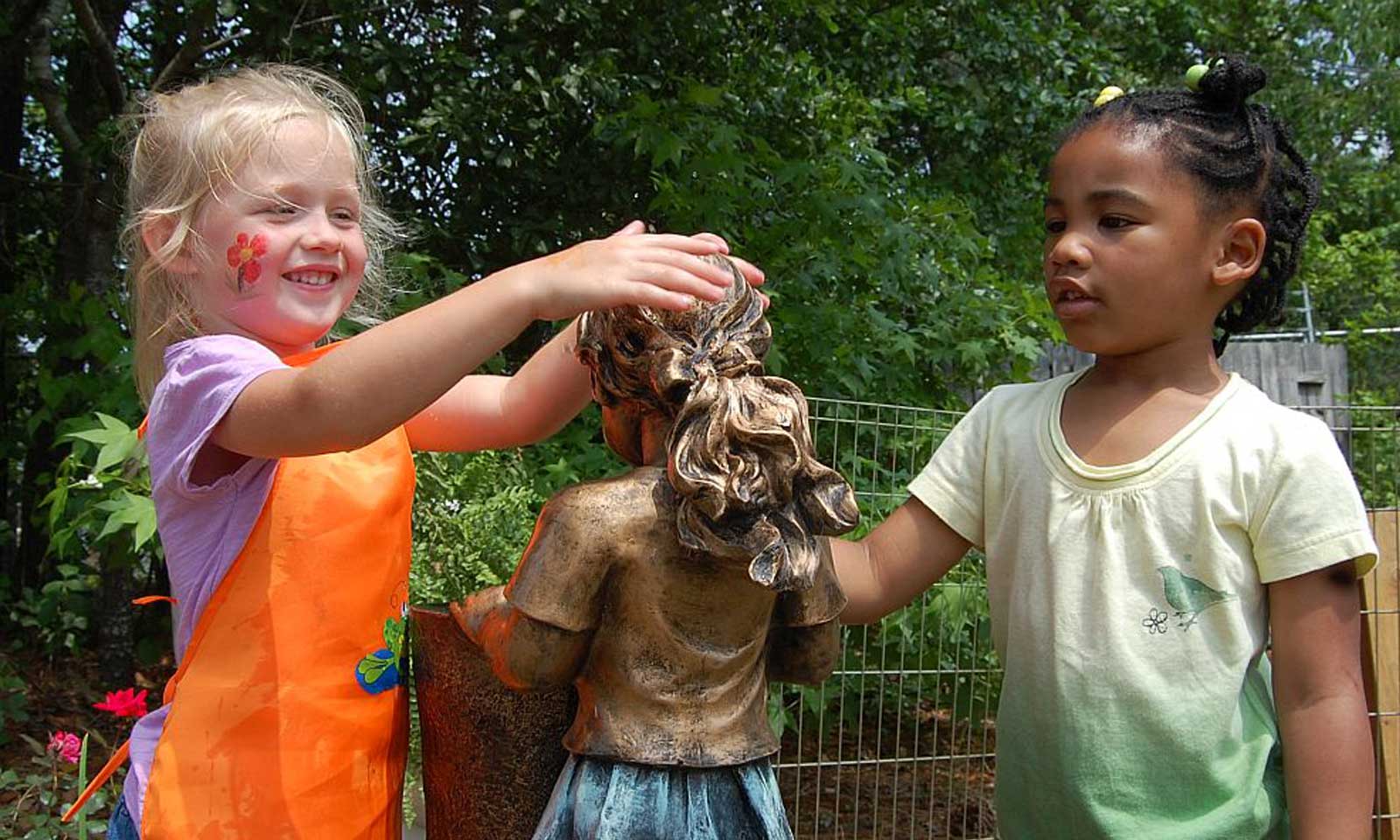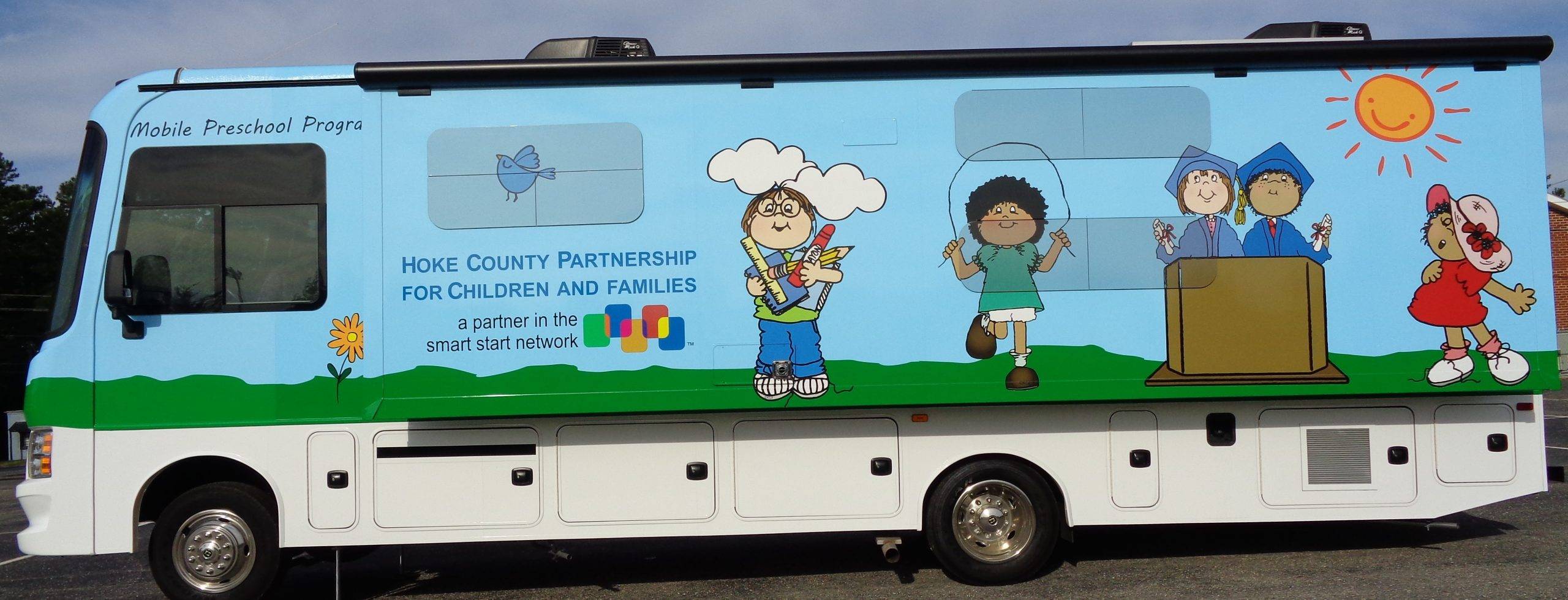Children and Sleep
Posted by: Linda Cloud | Posted on: April 17, 2025Children and Sleep
No one starts the day off on the right foot without enough sleep! Sleep is essential, yet, according to the National Sleep Foundation, nearly 30 percent of children and 75 percent of teenagers are not getting the right amount of sleep.
How much sleep does a child need each night according to age?
Sleep patterns and behaviors change in children from birth to adulthood. Children’s sleep varies greatly, but the table below is a good overall guide for the recommended total sleep per day.
Newborns, 0-1 year: 16 hours
Toddlers, 1-2 years: 11 to 14 hours
Preschoolers, 3-5 years: 10 to 13 hours
School-aged, 6-13 years: 9 to 11 hours
Teenagers, 14-17 years: 8 to 10 hours
Based on their genetic and physiological needs, it may be appropriate for some children to sleep an average of one to two hours more or less than the recommended amount.
Why is adequate sleep important for a child?
Sleep is especially important for children because it impacts mental and physical development. Sleep is the time for restoration and for children’s bodies to recharge and retain the information they have learned throughout the day. During deep non-REM sleep, the body’s energy is restored, growth and repair occur, and important brain development hormones are released.
Sleep deprivation stifles the immune system, negatively affects mood and behavior, and can also hinder a child’s school performance. Good sleep is a vital component of a healthy lifestyle.
What are children’s most common sleep disorders, and how are they treated?
The most common sleep disorders in children include nightmares, night terrors, insomnia, and parasomnias (including sleep talking and sleepwalking). These disorders can sometimes be genetically related. Most sleep disorders are treated by recommending good sleep hygiene (see below) and a consistent bedtime routine.
One of the biggest sleep disrupters is the tendency for some children to go into their parent’s room in the middle of the night for comfort. Try to avoid this as much as possible.
It is also important to note that children should not snore. Talk to your pediatrician if your child snores, as this may be a sign of sleep apnea and may be related to a medical problem.
What can parents do to help ensure their children get a proper night’s sleep?
Consistency is key. Children should go to sleep at a consistent time every night and wake up at approximately the same time every morning. This is often more difficult in the summer, but try to adhere to a schedule as much as possible!
The bedroom is a place for sleeping. Therefore, it is essential to remove distracting elements (books, TVs, games, light-up toys, and electronic devices) from the room.
Always ensure children are eating a well-balanced diet and getting plenty of exercise!
Babies and Bed Sharing
The American Academy of Pediatrics (AAP) strongly recommends against bed sharing with an infant. Bed sharing is when someone sleeps on the same surface as a baby, such as a chair, sofa, or bed. Many parents bed-share for different reasons. Some do so on purpose, and some do so on accident. The majority of infant sleep-related deaths in North Carolina are associated with bed-sharing.
Below are factors that increase the risk of infant death when bed-sharing:
If Your Baby:
- Was born premature (less than 37 weeks)
- Was born weighing less than 5lbs 8oz
- Is less than 4 months old
- The mother of the baby smoked during pregnancy.
If the Person(s) Sharing the Sleep Space with Baby:
- Smokes or vapes (even if you do not smoke/vape in bed)
- Has taken any medicines or drugs that might make it harder for you to wake up.
- Drank any alcohol.
- Is not the baby’s parent.
If the Sleep Space:
- Has pillows/blankets/loose bedding or a soft mattress (like memory foam or pillow top)
- Is a couch or recliner
- Has multiple people in the bed, including other children or pets
If you answered yes to any of these factors, it is strongly suggested that you reconsider bed-sharing to keep your baby safe. Instead, consider using a safety-approved crib, bassinet, or pack-n-play beside your bed or a safety-approved bedside sleeper attached to your bed.
Regardless of Where Baby Sleeps, ALL Babies Should Sleep–
- On their back
- On a firm, flat surface
- In a smoke/vape-free space
- With NO blankets, pillows (including nursing pillows), or other extra items near them
Swaddling: Is it Safe for Your Baby?
New parents often learn how to swaddle their infant from the nurses in the hospital. A thin blanket wrapped snugly around your baby’s body can resemble the womb and help soothe your newborn. When done correctly, swaddling can be an effective technique to help calm infants and promote sleep.
However, if you plan to swaddle your infant at home, you must follow a few guidelines to ensure safety.
Back to sleep:
To reduce the risk of Sudden Infant Death Syndrome or SIDS, it’s crucial to place your baby to sleep on their back–every time you put them to sleep. This may be even more important if your baby is swaddled. Some studies have shown an increased risk of SIDS and unintentional suffocation when babies are swaddled if they are placed on their stomachs to sleep or if they roll onto their stomachs. If babies are swaddled, they should be placed only on their backs and monitored so they don’t roll over.
When to stop swaddling-
Stop swaddling as soon as your baby shows signs of trying to roll over. Some babies start working on rolling as early as 2 months of age, but every baby is different. There is no evidence of SIDS risk related to the arms swaddled in or out.
How to swaddle correctly:
- Use only a thin blanket for swaddling.
- To swaddle, spread the blanket out flat, with one corner folded down.
- Lay the baby face-up on the blanket, with their head above the folded corner.
- Straighten their left arm and wrap the left corner of the blanket over your baby’s body, tucking it between their right arm and the right side of their body.
- Then, tuck the right arm down and fold the right corner of the blanket over her body and under their left side.
- Fold or twist the bottom of the blanket loosely and tuck it under one side of the baby.
- Make sure their hips can move, and the blanket is tight. You want to be able to get at least two or three fingers between the baby’s chest and the swaddle..



Comments are Closed